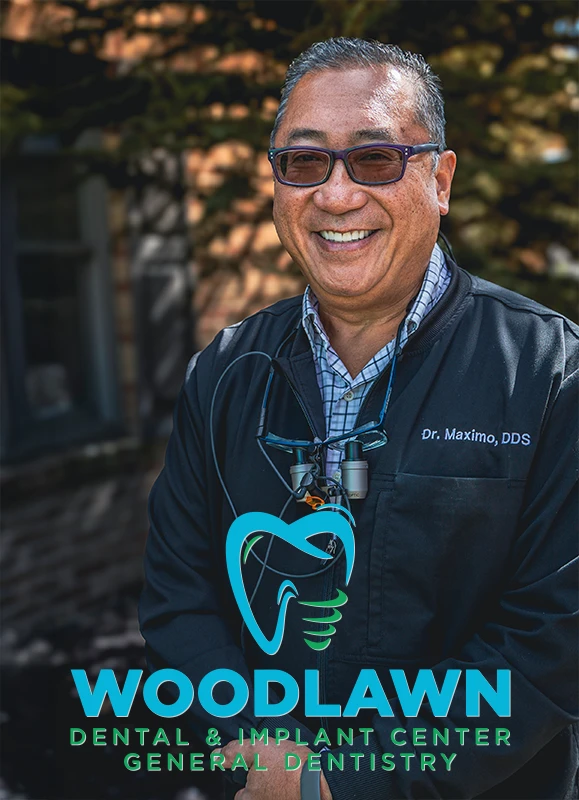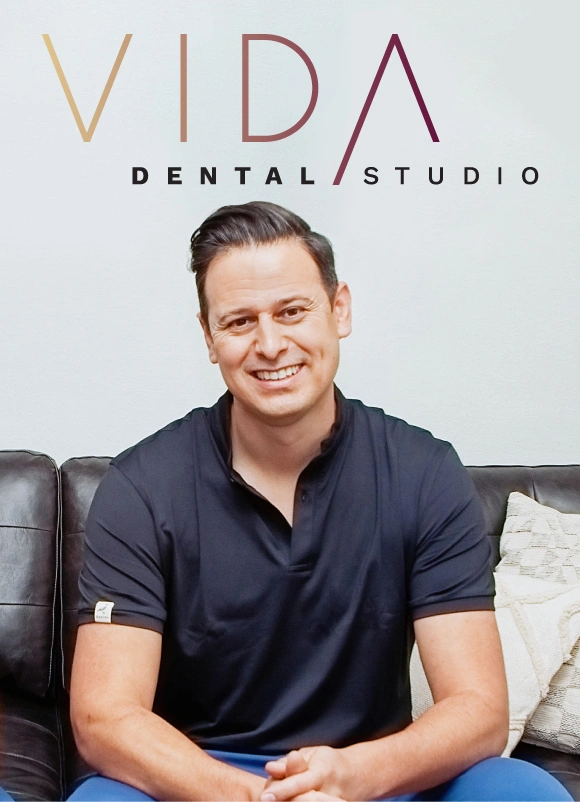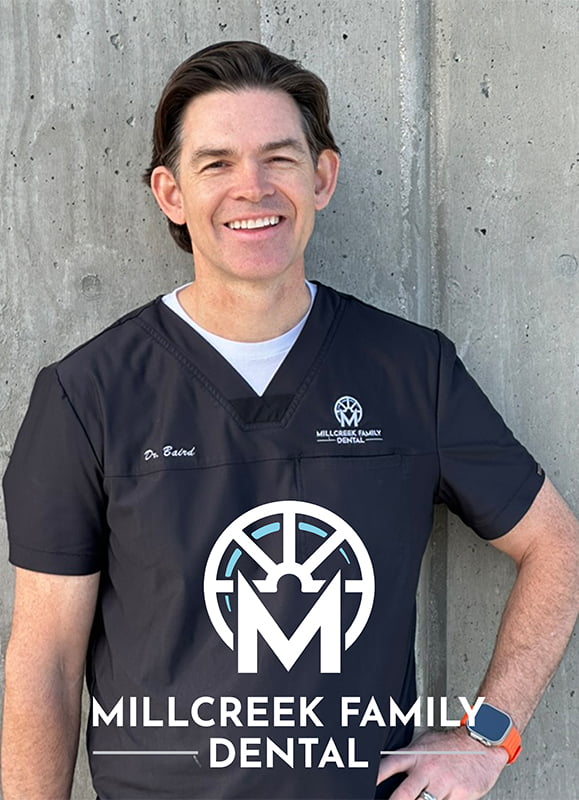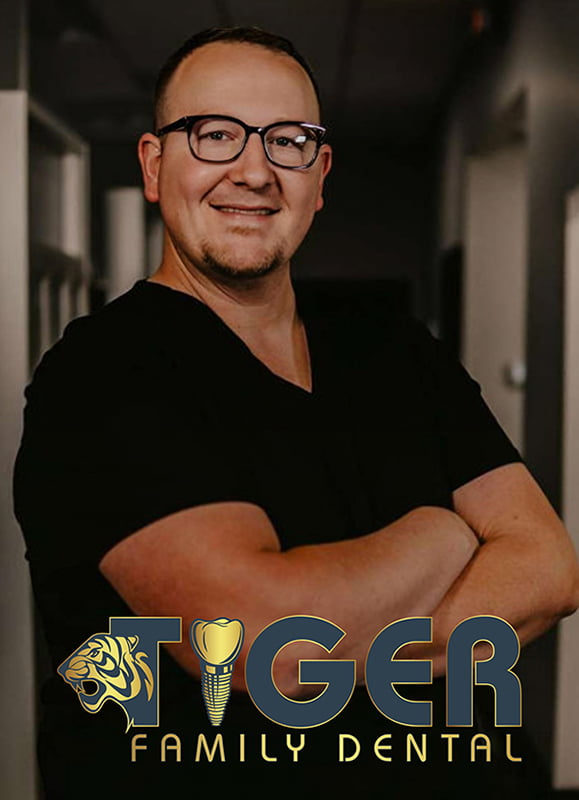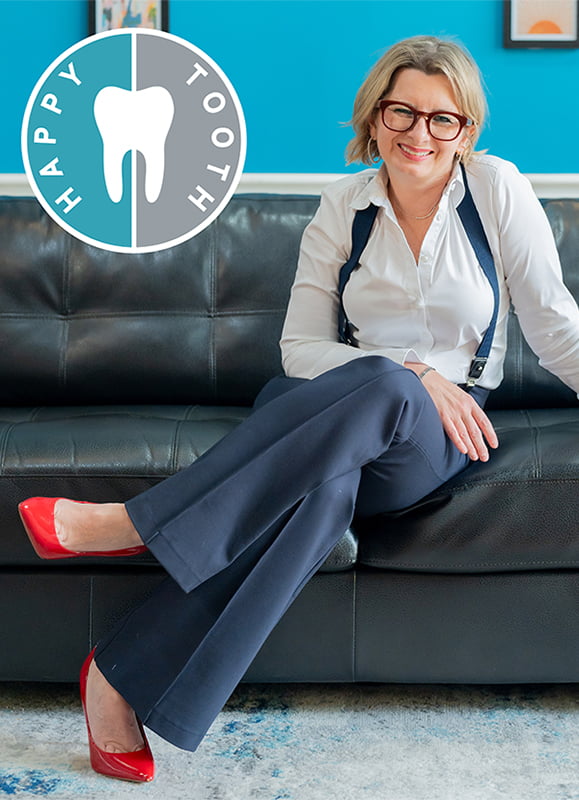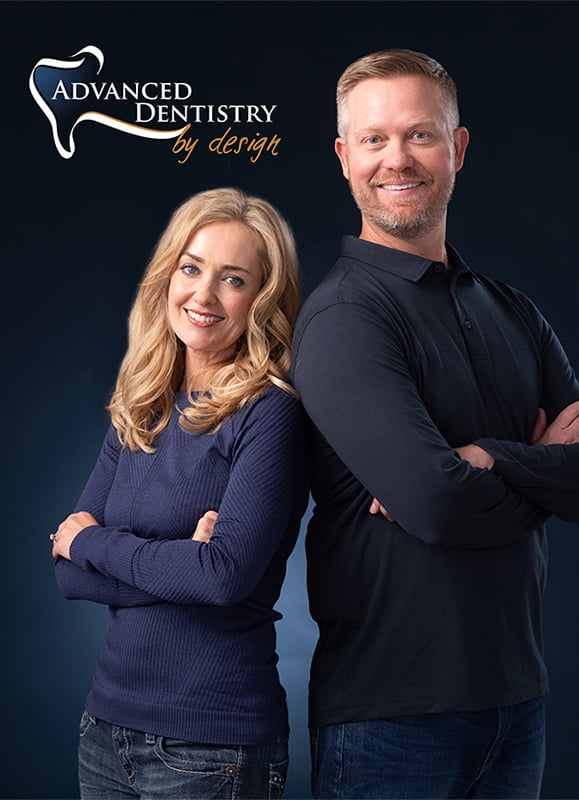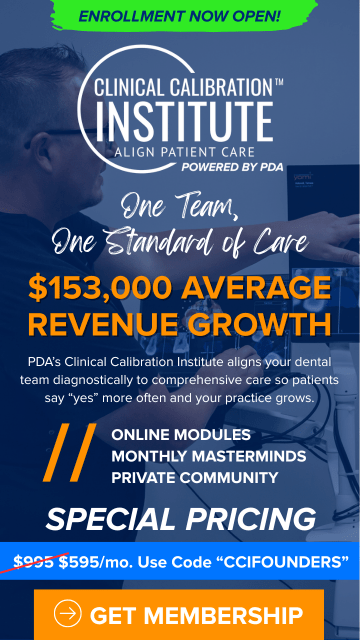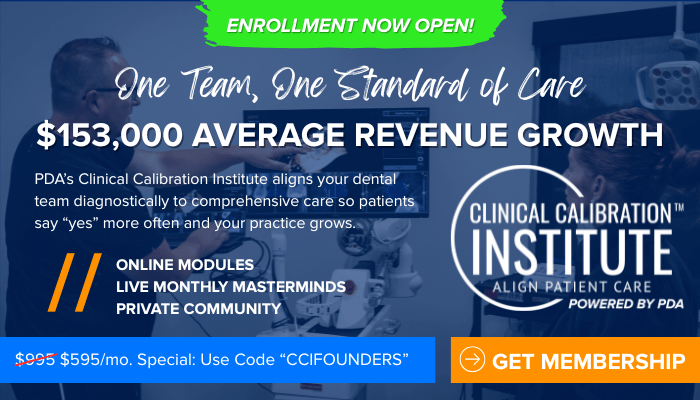Episode 223:Unlock the Secret to Successful Cosmetic Dentistry
“It’s about relationships. It’s about building a connection with that patient.” ~Dr. Bruce B. Baird
In this episode of the Productive Dentist Podcast, Dr. Bruce B. Baird takes a deep dive into the world of cosmetic dentistry, offering invaluable insights that can transform your practice. With decades of experience under his belt, Dr. Baird takes us on a journey from the early days of cosmetic dentistry to the cutting-edge techniques and materials that define the field today.
Are you a cosmetic dentist—or do you want to be? Dr. Baird challenges listeners to rethink what it means to offer cosmetic services by emphasizing the importance of building strong patient relationships. Discover how asking the right questions, leveraging modern tools like intraoral cameras and digital scans, and offering flexible financing options can elevate your practice and delight your patients.
Dr. Baird shares practical tips and real-life examples, including how to present treatment plans that patients can’t resist, whether it’s full veneers or more budget-friendly options. Learn how to create a brand that positions you as the go-to expert in cosmetic dentistry and how to seamlessly integrate these high-value services into your daily workflow.
As you listen to this episode, we invite you to think about the following questions:
- How well do I know my patients beyond their immediate dental issues?
- Am I actively engaging in conversations that explore their aesthetic concerns and desires?
- How can I incorporate more advanced tools to improve patient communication and satisfaction?
- How can I better present financing options to help patients make informed decisions about their treatments?
Episode Transcript
[00:00:54] Dr. Bruce Baird: Talking about cosmetic dentistry, you have to to have a relationship with your patients in order to have the opportunity to do great cosmetic dentistry. Hello, everyone. This is Dr. Bruce B. Baird, and you’re listening to the Productive Dentist Podcast. In this podcast, I will give you everything that I’ve learned over the last 40 years in dentistry, working with thousands of dentists. I’ll tell you. It’s not that my way is the only way, it’s just one that has worked extremely well for me and, and I’d love to share that with you so you too can enjoy the choices in lifestyle that productivity allows. More time for things you love, increased pay, better team relationships, and lowered stress. Let’s get into it with this week’s episode of the Productive Dentist Podcast. Hi, I’m Dr. Bruce Baird with the Productive Dentist Podcast and I was wondering, are any of you guys cosmetic dentists?
[00:01:47] Dr. Bruce Baird: Aren’t everyone cosmetic dentists now? I mean, when I first started in practice, cosmetic dentistry was just coming out. In, in dental school, we had composite resin called Adaptic. It was the first composite out there and we used to fill teeth with it and it actually was a large particle-sized composite. It was fairly difficult to polish, but if done correctly, uh, you could polish them and they would, they would look pretty good and they would tend to last a pretty good amount of time and then all these types of restorative materials came out, the hybrids, the micros, all of these different things. But I guess the question is, are you a cosmetic dentist? When you see patients in your intake forms. Do you ask the patients, “Are you happy with your smile?” And let them answer it without too much worry? They can say no or yes, they can actually put down what they think. You know, the other thing that I think has become a big deal is the use of intro cameras over the years showing patients their smile. Nowadays, we recommend doing full face photos, you know, taking full smile photos. Now we’re also scanning the arches and looking at those because patients, when they can see their smile, all of a sudden say, “Oh, that is that my smile? Boy, that’s too short. That tooth’s long for whatever reason.” and so these are the things that you can do to garner the interest of patients. They may be interested in it, but until you get into a relationship with a patient, it’s probably not going to happen. If you’re just a drill and fill doc who just says, “Hi Mary, uh, which tooth’s hurting? Okay, well, let’s get that fixed and I’ll see you next time,” then you’re probably not doing a lot of cosmetic dentistry.
[00:03:34] Dr. Bruce Baird: How, how do you do cosmetic dentistry? And again, it’s about relationships. It’s about. building a connection with that patient. I talk about linking, I talk about finding out things about that patient that you have in common. Where they live, how long they’ve lived in town, who their neighbors are, all of these things are critical and it doesn’t matter. I mean, I’ve told you guys, our average new patient came from 50 miles away. So, I mean, I know I may not know any of their neighbors. I may not know that, but usually they’ll say, “Oh, I’m from Graham, Texas. Oh my gosh. Do you know so and so the president of First National?” “Oh, I do. Yeah. I’ve known him for years,” or wherever they’re from. You can find commonality across the board. We also talk about using those verbal skills to be able to talk to a patient and then to be able to ask them once you’re on a first name basis to go, “Well, Bob, how can I help you?” And at that point, they may say, “Well, this tooth’s been bothering me and I go, yeah, boy, I can sure tell. Is it okay with you if I take a look around at everything just to kind of get an idea of what’s going on?” Just by saying that I’ve never had a patient say, “No, I really don’t want you to look around.” You know, they say, this is the one really bothered me, doc. Okay. Would you mind if I took a look around just to kind of get an idea of what’s going on? That’s all you got to say. Now you may say it in your own way, but that’s fine because you want to gain the permission to look around the mouth. You can say, “How do you like your smile, Bob? Are you, do you feel pretty comfortable when you smile?” Because now I can ask Bob that question because Bob and I have a lot in common at that point. I know where he lives. I might know his family. I might, you know, we, we have, we have become friends and by becoming friends, I can ask those kinds of questions. Now I’m not going to say, “Mr. Johnson, how do you feel about your smile?” Well, they’re going to look at me and go, “Um, yeah, it’s all right. Uh, this too’s bothering me, doc.”
[00:05:21] Dr. Bruce Baird: It’s a philosophy of care. It’s the comprehensive exam. It’s getting to know your patient at a level and cosmetic dentistry. I mean, American Academy of cosmetic dentistry. I’ve, I’ve lectured there multiple times over the years about veneers, about implant placement, and how do we do the restorative work over the top of it because implants are basically a restorative, cosmetic-driven procedure. So these are the things that we look at. These are the things that we really, by building a relationship, we’re able to take that patient to a whole different level. Now, let’s use an example of when I’m talking to the patient and they say, “Yeah, you know, I really wish I could get the veneers. I know they’re really expensive.” I said, “Well, let’s, let’s figure that out for you. I mean, there are lots of options we have.” Today there are techniques for doing some of the new cosmetic bonding procedures that can give a patient the smile they want. And next step might be veneers five years later. That’s fine. I want them to have a better smile and I’m going to do it at whatever pace they can do it at and it’s important for us to understand that financing. I started Compassionate Finance 12, 14 years ago and we’ve done over a billion dollars in treatment plan work and financing for patients. Those are all things that are out there that are available to you if you want to do more cosmetic dentistry. One of the things that I love doing is we can now scan. It takes my team, oh gosh, a minute and a half to two minutes to scan the arches. I send it to my lab and tell them to give us an ideal smile. Give us that ideal smile. I was just looking at one this afternoon that I’m going to be doing some veneers on my daughter. Now I know I’m retired clinically, but you’re never really retired clinically from your kids and your family but I do not work on my grandkids. That, that is important. The bottom line is so I get back this proposal that is absolutely gorgeous. I can show that to Maggie and she’s going to love it and I’ll show it to her later today, but she’s going to absolutely love it. Showing it to your patients. I would have them do a mockup. Used to be we would have them do a wax up. Now you can do a digital representation of what the final smile.
[00:07:31] Dr. Bruce Baird: Then they can print that model and then they can make you a Sil Tec putty matrix and I can actually, in a lot of patients, actually give them an idea of what it’s going to look like before we ever do it. Put a little material in, I place it, let it set up, and LuxoTemp, or whatever I’m using, and I usually use a lighter shade so they get an idea of what a lighter shade would look like and all of a sudden the patient’s looking at it and they’re going, “Well, when, when can we get started? You know, “When, when can we do this? I want to, I want to do this. And how much is it? I go, well, it’s, you know, it’s, it’s going to be an investment of about 13 or 14 thousand. Now I may know it’s going to be 10, but that’s okay. I always say 13, 14 And I wait for them to say whatever it is they’re going to say. They’re only going to say one of three things. One is, “Oh, okay. I knew it was going to be a lot.” “Great. Let’s get started,” or they’re gonna say, “Wow, that, wow, I didn’t know it was gonna be that much.” “Well, how much do you think it was gonna be, Bob?” “I don’t know. I might, I thought it might be five or 6,000 or 7,000.” “We can use that five or 6,000 as a down payment and we can come up with some convenient monthly payments for the rest.” “Oh, okay. Well that sounds good,” or they say, “You gotta be kidding me. There’s no way I’m hack. I can do that. I got three kids in college and that’s just not going to happen doc.” I said, “No worries. I tell you there’s some other things we can do. There’s lots of ways we can do things. How about if we did some bonding and really shaped your smile using composite resins. It’s not going to last as long because veneers I feel like are going to last 20 years plus. As long as you don’t have severe recession or gum problems, which you don’t, um, but we, we may be able to use some composite resins and still give you the smile you want for another 10 years and you can get it now. That might be 8, 000.” “Really? Okay.” “Um, or by doing financing, you can say, how would you like paid 4, 000 down? We can get you convenient monthly payments for 60 months at 230 a month.” Really? Okay.”
[00:09:27] Dr. Bruce Baird:In other words, you have to have options and cosmetic dentistry is fun. I, I have done so many veneers, so many fun things, full arch uppers and lowers and, uh, done it on almost all my friends. When I had my retirement party a couple of years ago, it was like, I saw, I saw so many smiles, uh, it was, it was a lot of fun. So anyway, talking about cosmetic dentistry, you have to have a relationship with your patients in order to have the opportunity to do great cosmetic dentistry. Marketing to people who need a smile, marketing is critical and building a brand is critical. Building a brand that you are the place to go is awesome. Our Phoenix Marketing Company with Productive Dentist Academy, that’s what we do. We help you build a brand and we help you learn about a concept called net zero marketing, which that’s in previous podcasts. You can go back and listen to those, but, uh, if you enjoy cosmetic dentistry, there’s no reason you can’t do a whole lot of it as much as you want. I had usually a cosmetic case every Monday and every Tuesday. I only work Mondays and Tuesdays the last 14 years in practice, but I’d have a cosmetic case every single day I worked. I would also have an implant case pretty much every day I work and then I’d fill the rest in with dentistry, you know, cause I love doing all types of dentistry. You know, if you have an interest in, in that call Productive Dentist Academy, talk to Brent Hogan. He can get you signed up and get you started to learning some of the techniques and the ways that we can increase your productivity. So anyway, uh, look forward to our next podcast together and if you have any questions, please send them to bruce@productivedentist.com and I’ll do a podcast on your questions. So I look forward to talking to you soon. Thanks and thank you for voting us number one podcast in dentistry this past year. See you soon.
[00:11:16] Dr. Bruce Baird: Thank you for joining me for this episode of the Productive Dentist Podcast. If you found this episode helpful, make sure you subscribe, pass it along to a friend, give us a like on iTunes and Spotify, or drop me an email at podcast@productivedentist.com. Don’t forget to check out other podcasts from the Productive Dentist Academy at productivedentistpodcast.com. Join me again next week for another episode of the Productive Dentist Podcast.
Have a great experience with PDA recently?
Download PDA Doctor Case Studies
